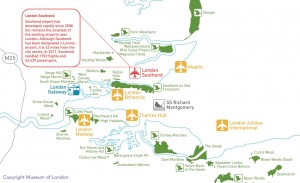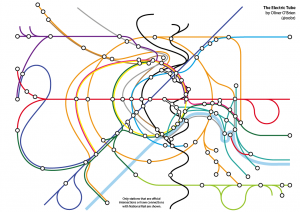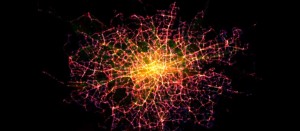 |
| Inputs to the model |
As the readers of the blog know, we have an interest in GIS, agent-based modeling and crowdsourcing. Now we have a paper that combines all these three elements. Its entitled “
GIS and Agent-Based models for Humanitarian Assistance” and is published in Computers, Environment and Urban Systems.
The model itself was written in
MASON and uses extensively
GeoMASON. Data comes from several different sources (both raster and vector) including
OpenStreetMap and
LandScan. Below you can read an abstract of the paper and see a movie of one of the scenarios.
“Natural disasters such as earthquakes and tsunamis occur all over the world, altering the physical landscape and often severely disrupting people’s daily lives. Recently researchers’ attention has focused on using crowds of volunteers to help map the damaged infrastructure and devastation caused by natural disasters, such as those in Haiti and Pakistan. This data is extremely useful, as it is allows us to assess damage and thus aid the distribution of relief, but it tells us little about how the people in such areas will react to the devastation. This paper demonstrates a prototype spatially explicit agent-based model, created using crowdsourced geographic information and other sources of publicly available data, which can be used to study the aftermath of a catastrophic event. The specific case modelled here is the Haiti earthquake of January 2010. Crowdsourced data is used to build the initial populations of people affected by the event, to construct their environment, and to set their needs based on the damage to buildings. We explore how people react to the distribution of aid, as well as how rumours relating to aid availability propagate through the population. Such a model could potentially provide a link between socio-cultural information about the people affected and the relevant humanitarian relief organizations.”
Full Reference:
Crooks, A.T. and Wise, S. (2013), GIS and Agent-Based models for Humanitarian Assistance, Computers, Environment and Urban Systems, 41: 100-111.
Continue reading »



















